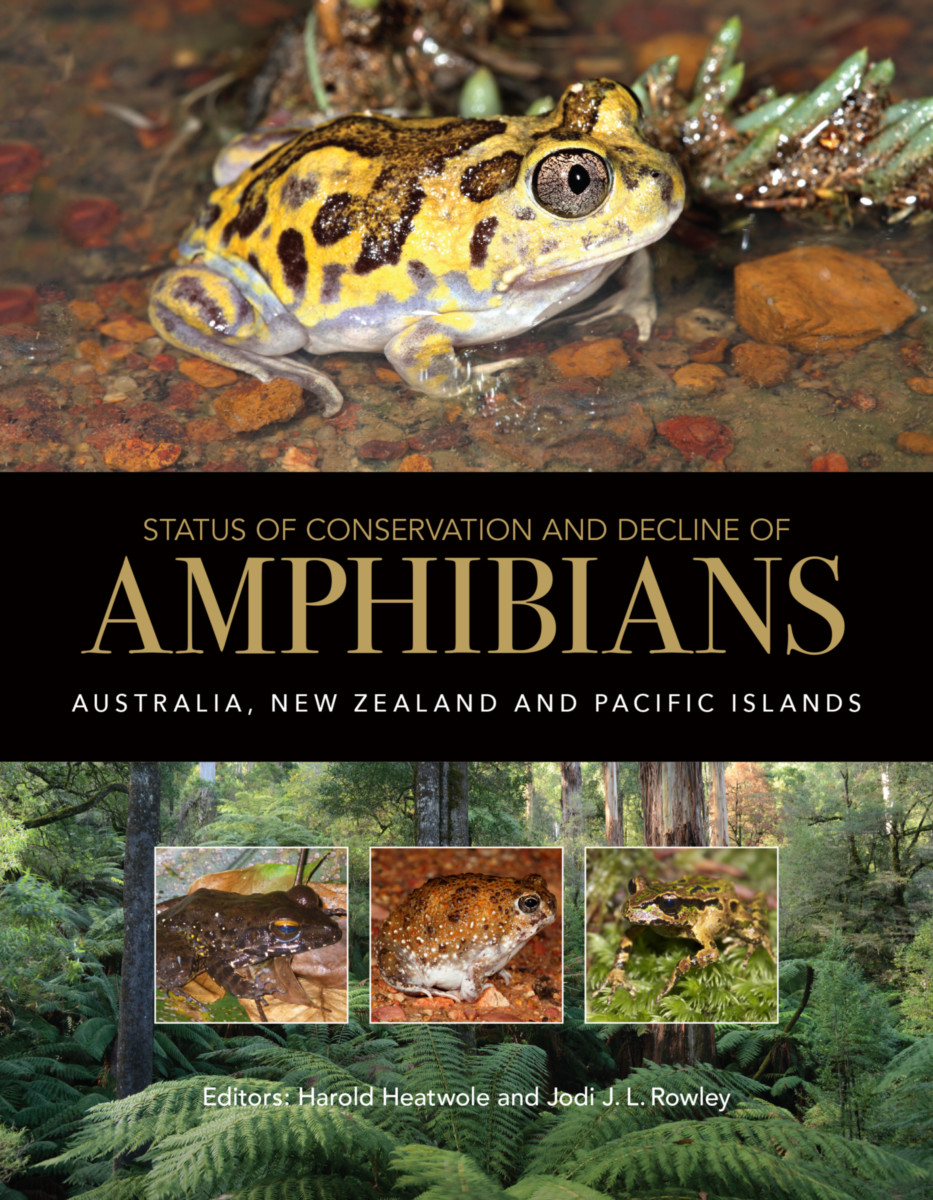EXCELLENCE IN SCIENCE PUBLISHING
Status of Conservation and Decline of Amphibians
Australia, New Zealand, and Pacific Islands
- Publisher
CSIRO Publishing - Published
20th July 2018 - ISBN 9781486308385
- Language English
- Pages 248 pp.
- Size 8.25" x 10.5"
- Images graphs & color photos
Status of Conservation and Decline of Amphibians brings together the current knowledge on the status of the unique frogs of Australia, New Zealand, and the Pacific. Although geographically proximate, each region presents unique challenges and opportunities in amphibian research and conservation. This book contributes to an understanding of the current conservation status of the amphibians of each region, aims to stimulate research into halting amphibian declines, and provides a better foundation for making conservation decisions. It is an invaluable reference for environmental and governmental agencies, researchers, policy-makers involved with biodiversity conservation, and the interested public.
Preface
Contents of Previous Parts of Volume 11
Contributors to Part 6
1: Introduction
2: A Brief Demographic Overview of Australia’s Native Amphibians
3: Status of Decline and Conservation of Frogs in the Wet Tropics of Australia
4: Frogs of the Monsoon Tropical Savannah Regions of Northern Australia
5: An Update on Frog Declines from the Forests of Subtropical Eastern Australia
6: Frog Declines and Associated Management Response in South-eastern Mainland Australia and Tasmania
7: The Status of Decline and Conservation of Frogs in Temperate South-eastern Australia
8: The Status of Conservation of Frogs in South-western Australia
9: The Status of Decline and Conservation of Frogs in the Arid and Semi-arid Zones of Australia
10: The Impact of an Invasive Amphibian: The Cane Toad, Rhinella marina
11: The Role of Ex Situ Amphibian Conservation in Australia
12: Conservation of Frogs in Australia: State and Federal Laws---Who is Responsible?
13: Status of Decline and Conservation of Frogs in New Zealand
14: Amphibians of the Pacific: Natural History and Conservation
Index
Harold Heatwole
Harold Heatwole is Adjunct Professor of Zoology at the University of New England in Australia and Professor Emeritus of Biology at North Carolina State University. He was Editor-in-Chief of the journal Integrative and Comparative Biology for 10 years and has edited two successful series of books: Ecology in Australia (seven volumes) and Amphibian Biology (of which the present book is volume 11).
Jodi J. L. Rowley
Jodi J. L. Rowley is the Curator of Amphibian and Reptile Conservation Biology at the Australian Museum and UNSW Sydney. She has been an Editor for the international scientific journal Zootaxa since 2012. She is a Regional Chair of the IUCN Species Survival Commission Amphibian Specialist Group, a Regional Coordinator for the IUCN Amphibian Red List Authority, and a member of the NSW Scientific Committee.


